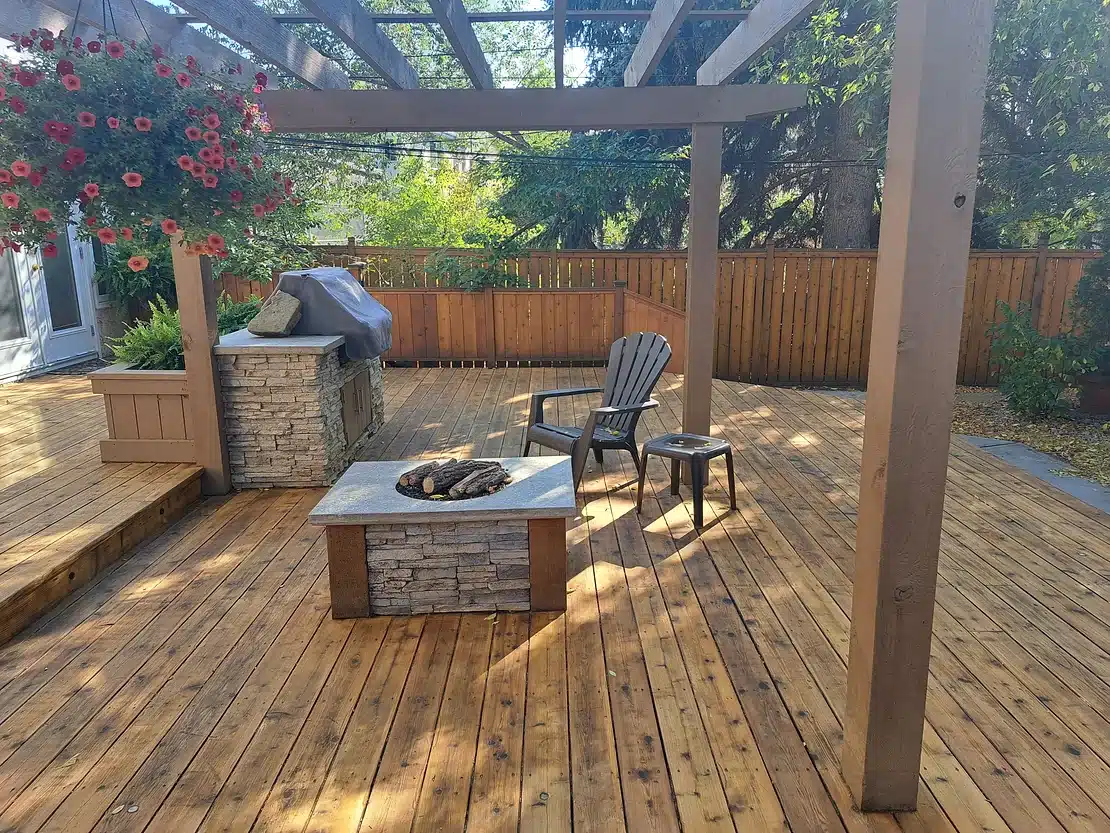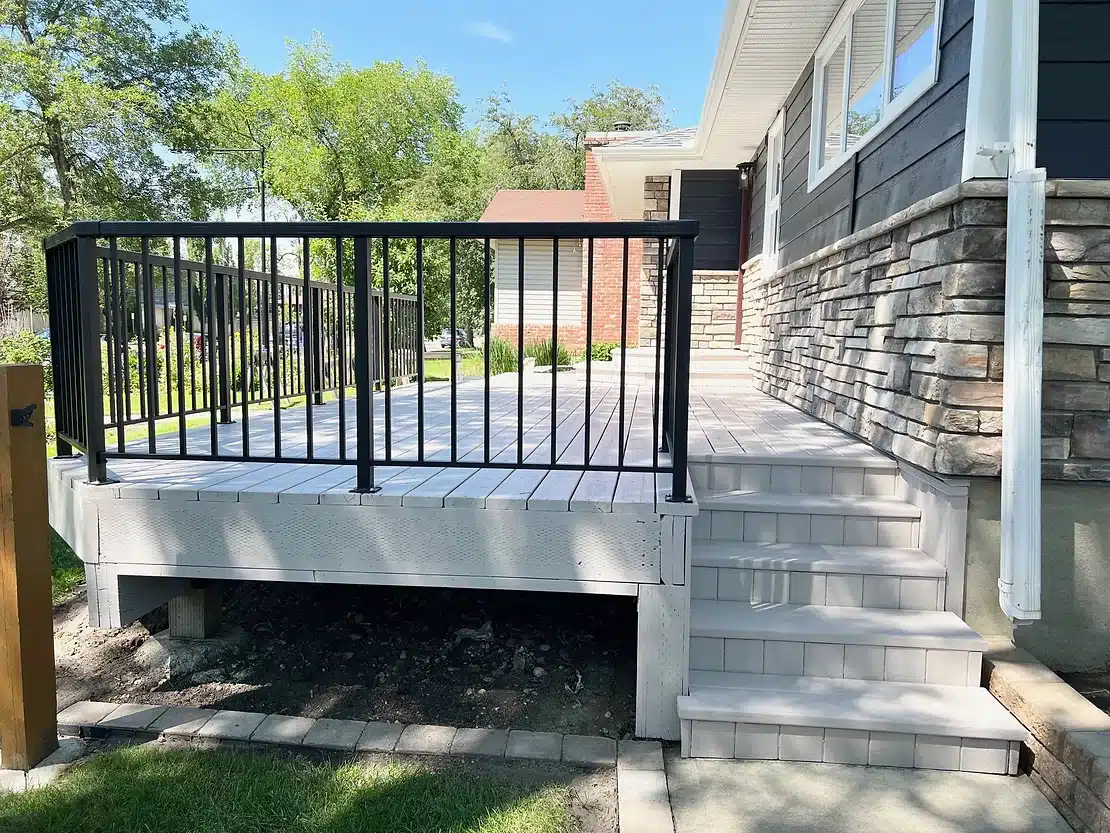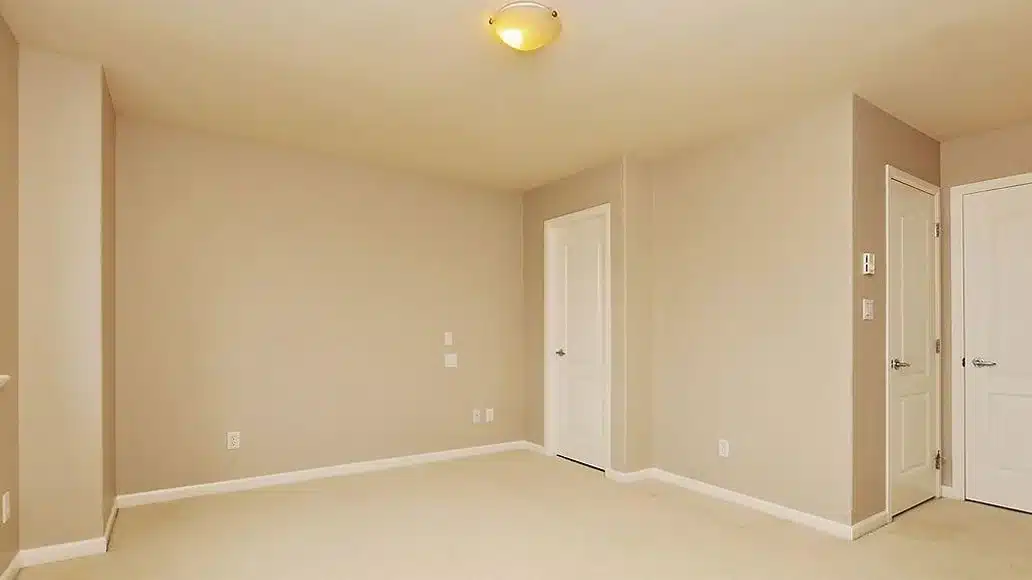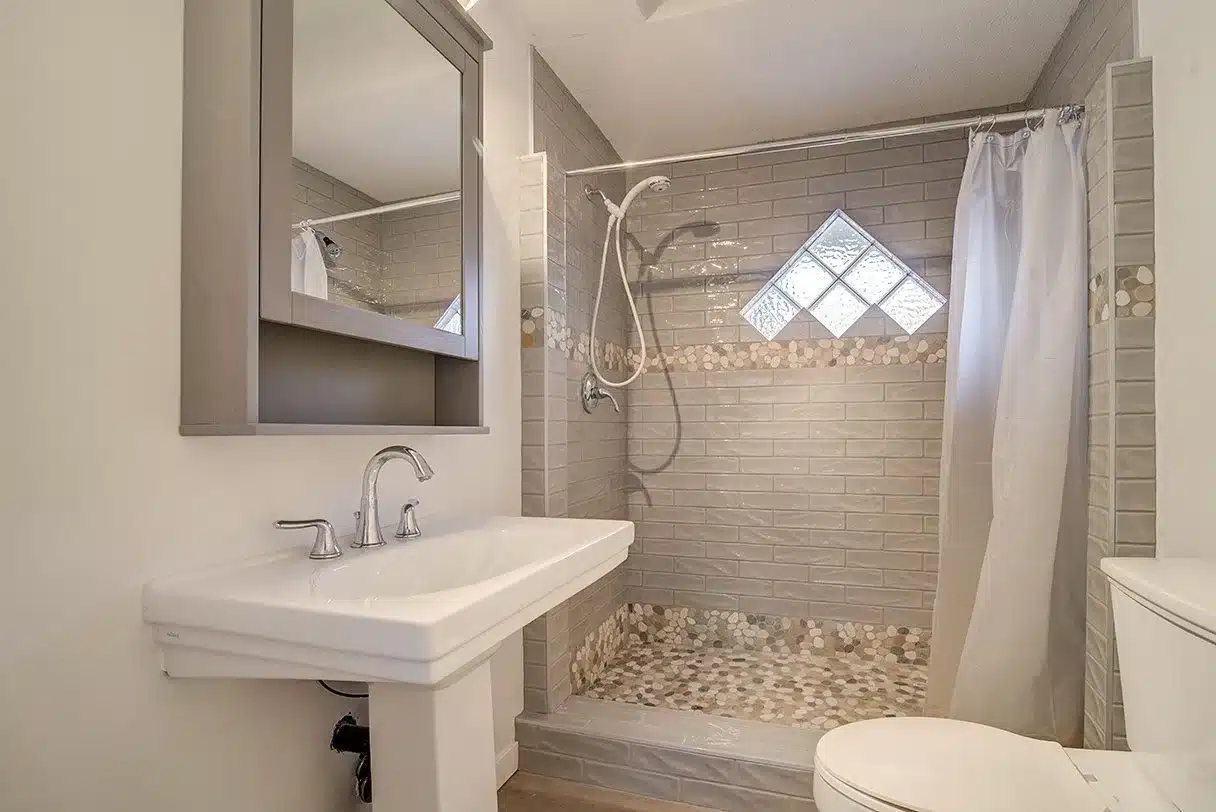When it comes to beautifying and preserving exterior wood surfaces, two popular stain choices stand out: semi-transparent or solid. Both products offer distinct advantages, but choosing the right one depends on your preferences, the wood’s condition, and the desired aesthetic. In this blog post, we’ll explore the differences between using Semi-transparent and solid stain on exterior wood surfaces and help you determine which product is better suited for your needs. Additionally, we’ll outline the essential steps to properly prepare the wood before applying either of them.

**Semi-Transparent Stain: Embracing Natural Beauty**
Semi-transparent stain is a product that enhances the natural beauty of wood. Unlike solid stain, which conceals the wood grain, stain penetrates the wood’s pores, accentuating its unique patterns and texture. Semi-transparent stains come in various hues, from light tints that allow the wood’s natural color to show through, to deeper tones that add warmth and character.
*Advantages of Semi-transparent stain:*
1. **Preservation:** Semi-transparent stain protects wood from UV rays, moisture, and mildew without forming a film on the surface, allowing the wood to breathe naturally.
2. **Low Maintenance:** Over time, as stain weathers, it fades gracefully, without peeling or chipping like paint. Maintenance typically involves reapplication every few years.
3. **Enhanced Durability:** As stain penetrates the wood, it forms a strong bond that can endure harsh weather conditions, making it an ideal choice for exterior applications.
4. **Easy Application:** Applying semi-transparent stain is generally less labor-intensive than solid staining, as it requires less surface preparation.

**Solid Stain (Paint): Versatility and Boldness**
Solid stain, often called “paint”, covers the wood entirely, providing a consistent and opaque color. It offers a wide range of color choices, allowing homeowners to create a bold statement or match their home’s existing color scheme. Solid stain can be used to revitalize old and weathered wood surfaces or to add a fresh look to new wood.
Advantages of solid stain:
1. Aesthetic Appeal: Solid stain provides a solid, uniform appearance that can cover up imperfections and inconsistencies in the wood.
2. Endless Color Options: With solid stain, you can unleash your creativity and choose from an extensive palette to achieve your desired look.
3. Longevity: A well-prepared and stained wood surface can last for many years, especially when maintained regularly.
4. Protection: Solid stain forms a protective barrier against weathering elements, preventing moisture infiltration and wood decay.
Determining the Best Choice: Semi-transparent or solid stain?
Choosing between semi-transparent and solid stain boils down to personal preferences, the condition of the wood, and the desired outcome. If you want to maintain the wood’s natural appearance and prefer a lower maintenance option, stain is an excellent choice. On the other hand, if you desire a bold and eye-catching look or need to cover up imperfections, solid stain is the way to go.
Properly Preparing Wood Surfaces Before Application
Before applying either solid or semi-transparent stain, proper preparation of the wood surface is crucial to ensure a long-lasting and visually pleasing finish.
1. Clean the Surface: Remove dirt, debris, and any previous coatings using a power washer or a stiff brush with a cleaning solution. Allow the wood to dry completely.
2. Sand the Wood: Smooth the surface by sanding it with fine-grit sandpaper. Sanding helps the stain adhere better and ensures an even finish.
3. Repair Damaged Areas: Fill any cracks, holes, or imperfections with a suitable wood filler, and then sand these areas until smooth.
4. Apply a first coat of solid stain: If you’re solid staining bare wood or making a significant color change, apply a suitable first coat to promote better stain adhesion and improve color coverage.
5. Test the Product: Before proceeding with the entire project, test the solid or semi-transparent stain on a small, inconspicuous area to confirm the color and finish match your expectations.
6. Apply the Product: Follow the manufacturer’s instructions for applying the stain. Use a paintbrush or roller for solid stain, and a brush, pad, or sprayer for semi-transparent stain, ensuring even coverage. Be sure to wipe off any excess semi-transparent stain or it will remain sticky.
7. Allow Proper Drying Time: Allow the product to dry completely between coats and before subjecting the wood to heavy use or exposure to harsh weather conditions.
In conclusion, both solid and semi-transparent stains offer unique benefits for exterior wood surfaces. Semi-transparent highlights the wood’s natural beauty while requiring less maintenance, while solid stain offers an array of colors and long-term protection. Ultimately, the choice depends on your personal style, the condition of the wood, and the desired level of maintenance. By properly preparing the wood surface before application, you’ll ensure a beautiful and enduring finish that will stand the test of time.


